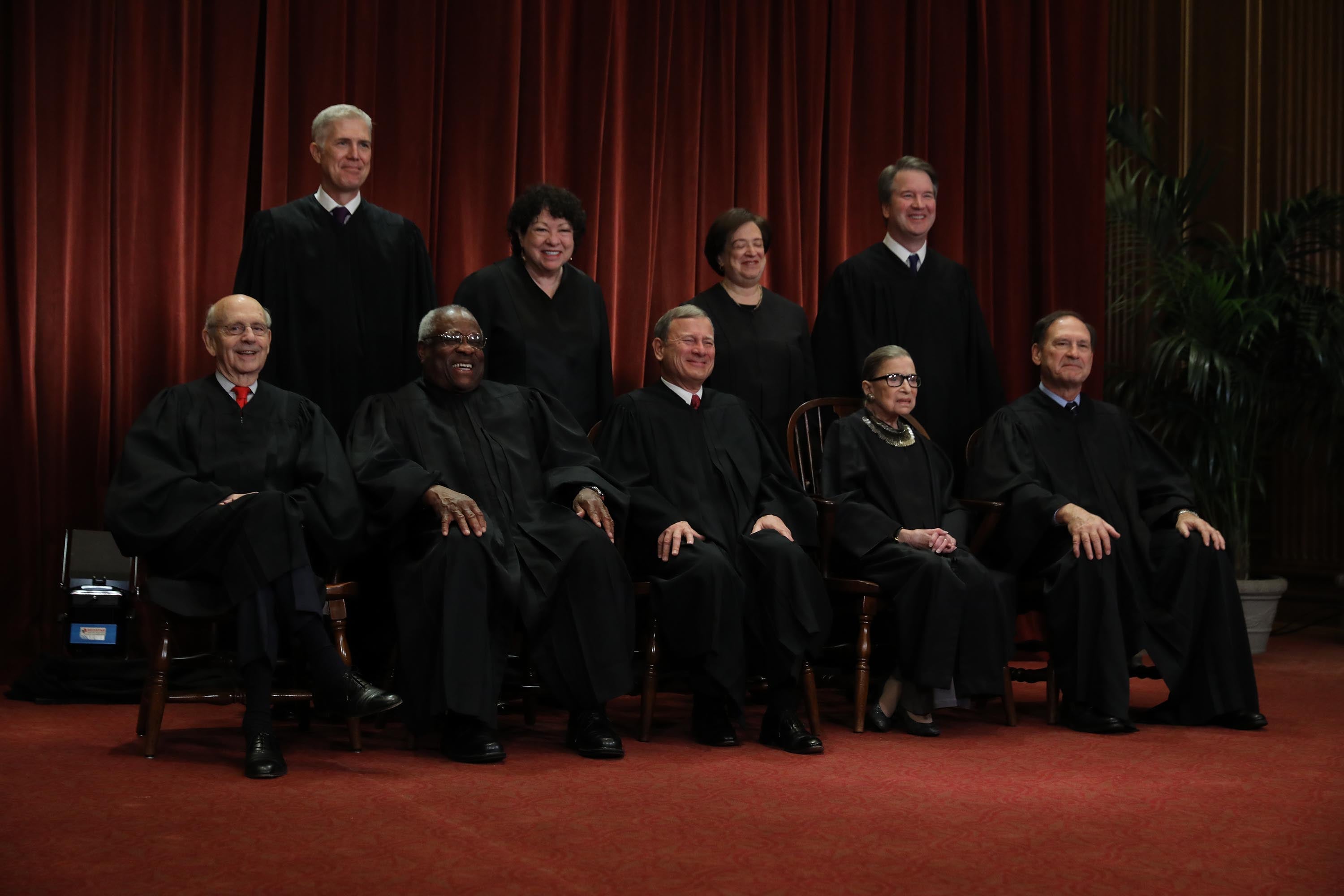Here’s how long it’s taken to confirm past Supreme Court justices
(CNN) — Ruth Bader Ginsburg’s death has opened up a political battle over the future of the Supreme Court and who will fill her now-vacant seat as Election Day looms.
After the court announced Ginsburg’s passing, Senate Majority Leader Mitch McConnell said President Donald Trump’s nominee “will receive a vote on the floor of the United States Senate.” And Trump on Saturday said that Republicans have an “obligation” to fill the vacancy on the high court “without delay.”
The vacancy on the bench creates what many conservatives view as a once-in-a-generation opportunity to move the makeup of the court from its current split of five conservative justices and four liberal justices to a more dominant 6-3 majority.
But Democrats, including former President Barack Obama, have called on Republicans to uphold the precedent set in 2016 when they refused to fill the Supreme Court vacancy created by the death of Justice Antonin Scalia, even though Obama had nominated Merrick Garland for the seat in March of that year — months before the presidential election.
Senate Republicans only need a simple majority of 51 votes to confirm a new justice once one is formally nominated and there are 53 GOP senators currently, meaning McConnell can only afford to lose three Republicans. Conservatives are pushing the Senate leader behind the scenes to consider moving to fill the seat before Nov. 3, potentially leaving the conference divided over what timeline is best.
Here’s a look at how long it has taken to confirm past Supreme Court justices:
Brett Kavanaugh (89 days)
President announces nomination: July 9, 2018
Senate receives nomination: July 10, 2018
Confirmed: October 6, 2018
Neil Gorsuch (66 days)
President announces nomination: January 31, 2017
Senate receives nomination: February 1, 2017
Confirmed: April 7, 2017
Elena Kagan (87 days)
President announces nomination: May 10, 2010
Senate receives nomination: May 10, 2010
Confirmed: August 5, 2010
Sonia Sotomayor (72 days)
President announces nomination: May 26, 2009
Senate receives nomination: June 1, 2009
Confirmed: August 6, 2009
Samuel Alito (92 days)
President announces nomination: October 31, 2005
Senate receives nomination: November 10, 2005
Confirmed: January 31, 2006
John Roberts (72 days)
President announces nomination: July 19, 2005
Senate receives nomination: July 29, 2005
Confirmed: September 29, 2005
(Note: Roberts was nominated twice by Bush but in immediate succession. The first was to replace Sandra Day O’Connor, but upon the death of William Rehnquist, his initial nomination was withdrawn and resubmitted as a nomination for Chief Justice. There are 23 days between his second nomination on September 6 and his confirmation.)
Stephen Breyer (77 days)
President announces nomination: May 13, 1994
Senate receives nomination: May 17, 1994
Confirmed: July 29, 1994
Ruth Bader Ginsburg (50 days)
President announces nomination: June 14, 1993
Senate receives nomination: June 22, 1993
Confirmed: August 3, 1993
Clarence Thomas (106 days)
President announces nomination: July 1, 1991
Senate receives nomination: July 8, 1991
Confirmed: October 15, 1991
The-CNN-Wire™ & © 2020 Cable News Network, Inc., a WarnerMedia Company. All rights reserved.



